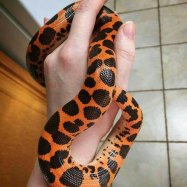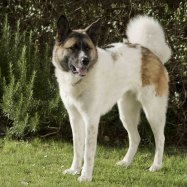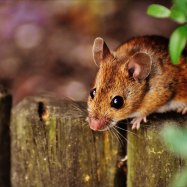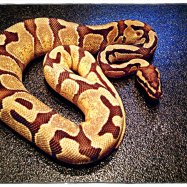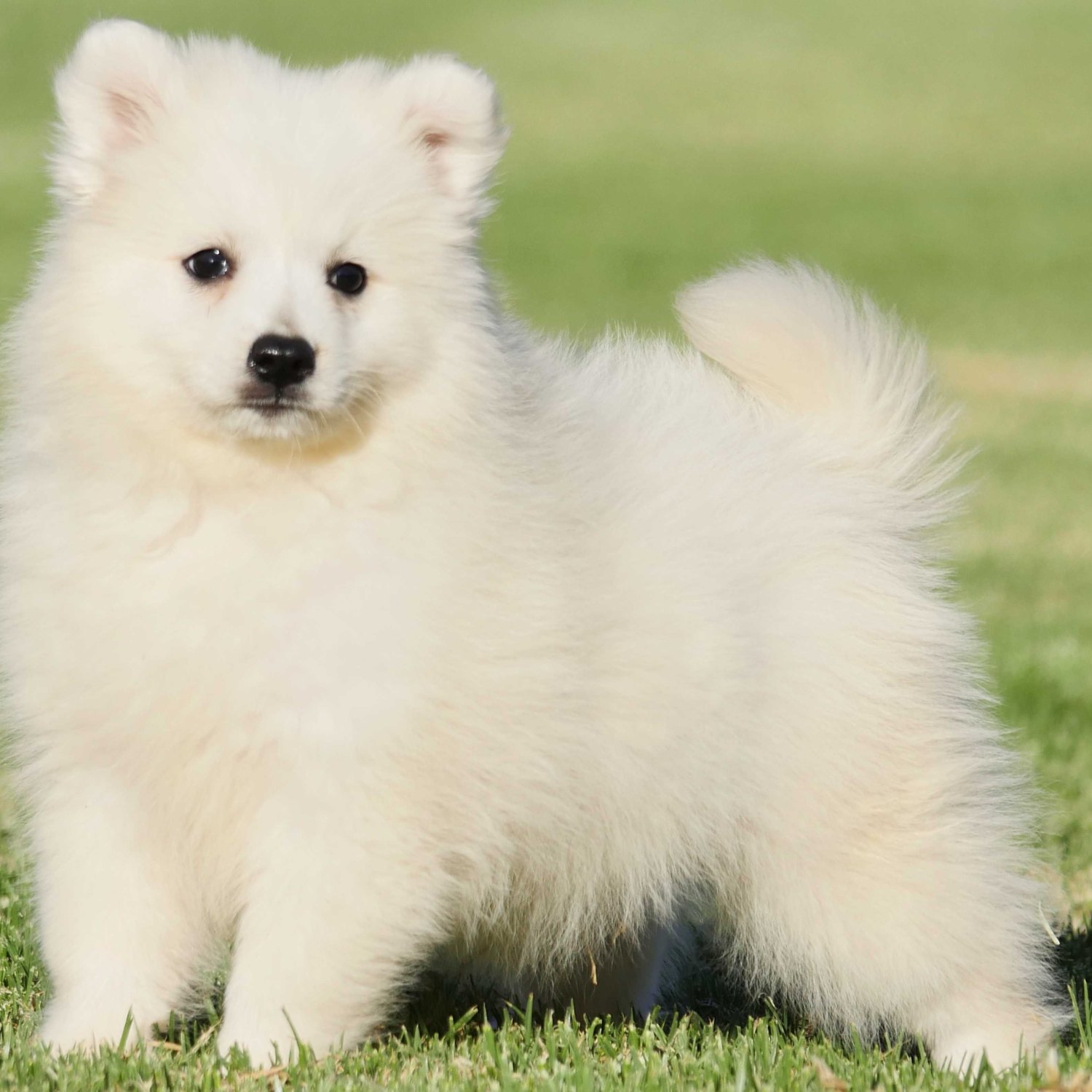
Japanese Spitz
30-38 cm
Meet the lively and adorable Japanese Spitz, a beloved household pet known for their fluffy white coats and friendly personalities. These playful pups belong to the Canidae family and can grow up to 30-38 cm in length. With their small to medium body shape, they make the perfect furry companion for any dog lover. #JapaneseSpitz #HouseholdPets #CanidaeFamily
Animal Details Summary:
Common Name: Japanese Spitz
Kingdom: Animalia
Habitat: Domesticated
The Charming Japanese Spitz: A Loyal Companion and a Desirable Household Pet
Looking for a small and friendly dog to welcome into your home? Look no further than the Japanese Spitz. With its adorable white fluffy coat and playful personality, this canine has quickly become a beloved companion for many households around the world.But while the Japanese Spitz may seem like just another adorable lapdog, there's much more to this breed than meets the eye. Let's dive into the fascinating details of this charming and captivating creature Japanese Spitz.
A Brief History
The Japanese Spitz, also known as Nihon Supittsu, is a relatively young breed, originating from Japan in the early 20th century. It was developed by crossbreeding various European Spitz breeds, including the German Spitz, with the goal of creating a white fluffy dog similar to the Samoyed or American Eskimo.The breed quickly gained popularity due to its friendly nature and striking appearance, and it soon spread beyond Japan's borders to other countries in Asia, Europe, and North America.
Appearance and Physical Characteristics
The Japanese Spitz is a small to medium-sized dog, typically standing between 30-38 cm tall at the shoulder and weighing between 6-10 kg. Their body is compact and well-proportioned, giving them an overall balanced appearance.One of the most striking features of the Japanese Spitz is their beautiful white coat. It is soft, fluffy, and stands out due to its pure white color, giving the dog a charming and elegant look.
The breed's face is also quite distinctive, with a small, pointed muzzle, triangular ears that stand erect, and large dark eyes that exude warmth and intelligence.
Temperament and Personality
The Japanese Spitz is a remarkably friendly and affectionate dog, making it an ideal pet for families with children Jack Russells. They are playful, energetic, and always eager to please, making them excellent playmates for kids.But their love for companionship goes beyond just humans. This breed thrives on being around other dogs and animals, making them great for households with multiple pets. They are also incredibly loyal and will do everything to protect their family.
Despite their small size, the Japanese Spitz is not afraid of new challenges and enjoys various activities such as agility training, obedience competitions, and even hiking.
Living with a Japanese Spitz
The Japanese Spitz is a highly adaptable breed, making it suitable for both apartment living and larger homes with spacious yards. They do require regular exercise and mental stimulation to keep them happy and healthy, but they are generally content with a daily walk and plenty of playtime.Given their friendly and affectionate nature, leaving a Japanese Spitz alone for long periods is not recommended. They thrive on human interaction and may become anxious and destructive if left alone for extended periods.
This breed's grooming needs are relatively low, thanks to their short, double-coat that naturally sheds dirt and debris. However, occasional brushing can help keep their coat looking soft, shiny, and tangle-free.
A Unique Breed with Global Popularity
While the Japanese Spitz originated in Japan, this breed has become a household name in many countries around the world. They have gained popularity and recognition for their friendly nature, intelligence, and stunning appearance.Today, you can find Japanese Spitzes in various households worldwide, from busy cities to quiet suburbs, making them one of the most beloved companion canines out there.
Why Choose a Japanese Spitz?
With so many dog breeds to choose from, what makes the Japanese Spitz stand out? Here are just a few reasons why this breed is an excellent choice for a household pet:- Friendly and social nature, perfect for families and households with other pets
- Adorable appearance with a beautiful snow-white coat that is incredibly soft
- Easy to train and eager to please, making them suitable for first-time dog owners
- Lively and playful temperament, providing endless entertainment for everyone in the family
- Adaptable to various living situations, including small apartments and larger homes
- Low maintenance grooming needs, making them ideal for busy households
Final Thoughts
The Japanese Spitz is a unique breed with an illustrious and growing international fan base. From their friendly and affectionate nature to their stunning appearance, it's easy to understand why this breed has become a favorite among dog enthusiasts worldwide.If you are considering adding a Japanese Spitz to your family, you can be confident that you will have a loyal, loving, and energetic companion by your side for years to come. So why not welcome this charming and captivating breed into your home today?

Japanese Spitz
Animal Details Japanese Spitz - Scientific Name: Canis lupus familiaris
- Category: Animals J
- Scientific Name: Canis lupus familiaris
- Common Name: Japanese Spitz
- Kingdom: Animalia
- Phylum: Chordata
- Class: Mammalia
- Order: Carnivora
- Family: Canidae
- Habitat: Domesticated
- Feeding Method: Carnivorous
- Geographical Distribution: Worldwide
- Country of Origin: Japan
- Location: Household
- Animal Coloration: White
- Body Shape: Small to medium
- Length: 30-38 cm
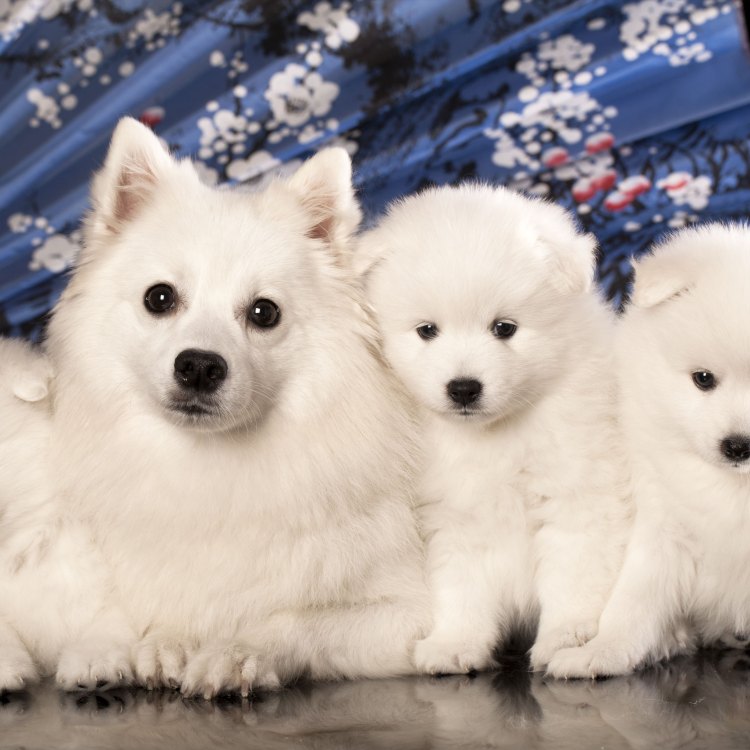
Japanese Spitz
- Adult Size: Small
- Average Lifespan: 12-16 years
- Reproduction: Sexual
- Reproductive Behavior: Breeds once a year
- Sound or Call: Barks and howls
- Migration Pattern: Non-migratory
- Social Groups: Pack
- Behavior: Intelligent, energetic, friendly
- Threats: No natural threats
- Conservation Status: Not listed
- Impact on Ecosystem: Low
- Human Use: Companion pet
- Distinctive Features: Fluffy white coat
- Interesting Facts: Originally bred in Japan as a companion dog
- Predator: No major predators
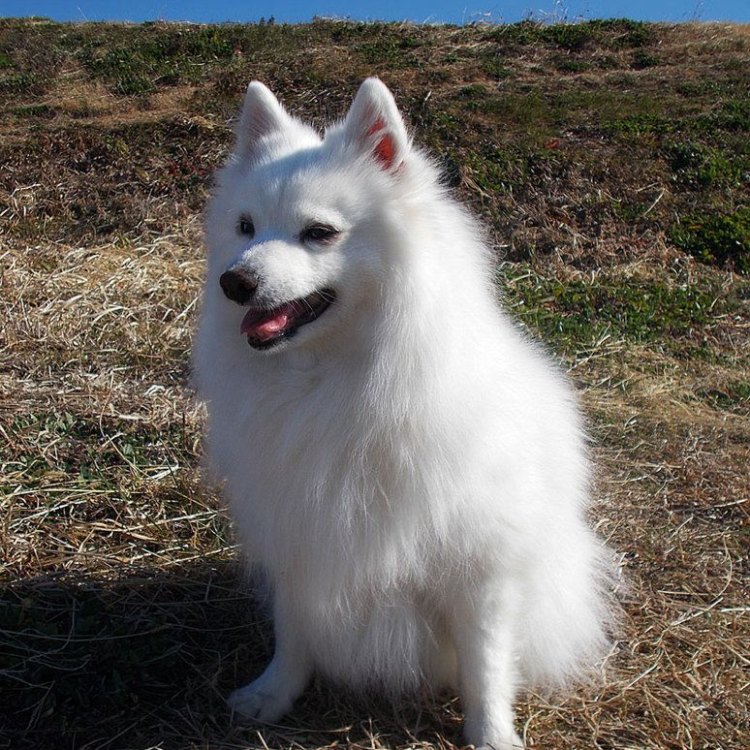
Canis lupus familiaris
The Wonderful World of Japanese Spitz
When you think of a fluffy white dog, what breed comes to mind? A Pomeranian? A Samoyed? While those breeds may be popular, there is another breed that fits that description – the Japanese Spitz.This small breed may not be as well-known as its fluffy counterparts, but it has a unique history and distinct features that make it stand out. In this article, we will explore the fascinating world of Japanese Spitz, from their behavior and interesting facts to their impact on the ecosystem and human use.
The Basics
The Japanese Spitz is a small breed of dog, typically weighing between 11-20 pounds when fully grown PeaceOfAnimals.Com. They have an average lifespan of 12-16 years, making them a long-term companion for dog lovers. This breed is known for its sexual reproduction, with females breeding once a year. They are also non-migratory, meaning they do not travel to different locations for breeding or other purposes.Reproductive Behavior
One unique aspect of the Japanese Spitz is their reproductive behavior. Unlike other breeds that have multiple litters a year, this breed only breeds once a year. This could be due to their small size and the potential risk involved in carrying and giving birth to multiple litters in a short period.Their breeding season usually occurs between January and March, with puppies being born in spring. This allows the puppies to grow and develop during the warmer months, reducing the chances of health issues and complications. This reproductive behavior is not only a natural occurrence but also a responsible one, ensuring the health and well-being of the breed Jaguarundi Cat.
Sounds and Calls
If you are looking for a quiet breed, the Japanese Spitz may not be the best option. This breed is known to be vocal, barking and howling to express themselves and communicate. While this may be a bit of a downside for some, it is a feature that this breed is known for, and many owners find it endearing.Their bark is not just limited to communication; it can also be a form of protection. Due to their small size, they may be seen as an easy target for larger dogs or predators, and their bark serves as a warning signal to keep away.
Behavior
The Japanese Spitz is an intelligent and energetic breed, making them a popular choice for active individuals or families. They are quick learners and excel in training, making them suitable for various activities such as agility and obedience competitions.Their energetic nature may require regular exercise and playtime, but they are also content with cuddling up with their owner as a lap dog. This breed is also known to be friendly, making them an ideal companion for both adults and children.
No Natural Threats
As a domesticated breed, the Japanese Spitz does not have any natural threats in the wild. Unlike their wolf ancestors, they do not have to worry about predators or competition for food and resources. This has allowed the breed to thrive and maintain a stable population.Conservation Status and Impact on Ecosystem
The Japanese Spitz is not listed as an endangered or vulnerable breed. In fact, their population is quite stable, thanks to their popularity as a companion pet. As a domesticated breed, they do not have a significant impact on the ecosystem. They do not have a predatory nature, and their reproductive behavior is controlled, making them a low-impact breed.Human Use
Speaking of popularity, the Japanese Spitz is a favored companion pet in many countries. They are known for their fluffy white coat, which makes them stand out in any setting. This feature, combined with their intelligent and friendly nature, makes them a popular choice for families and individuals seeking a loving and loyal pet.Their small size also makes them suitable for apartment living, making them an ideal companion for urban dwellers. They are not just a pet, but a family member, bringing joy and companionship to their owners.
Distinctive Features
The Japanese Spitz may not have any major predators, but their wolf ancestors' genes are still evident in their physical appearance. They have a distinctive fluffy white coat, which is a result of selective breeding in Japan. This feature is what sets them apart from other breeds and has become a defining characteristic of the Japanese Spitz.Interesting Facts
Aside from their unique features, the Japanese Spitz also has a fascinating history. They were originally developed in Japan in the early 20th century as a companion dog. They were bred from a mix of different breeds, including the Samoyed, Pomeranian, and American Eskimo. This mixture resulted in the fluffy white-coated breed that we know today.The Japanese Spitz also gained international recognition in the 1950s when it was introduced to other countries, such as England and the United States. Since then, the breed has gained a following and has become a popular choice for dog lovers worldwide.
In Conclusion
The Japanese Spitz may not be as well-known as other breeds, but it has a charming, fluffy nature and a unique history that makes it stand out. This breed is not just a pet but a loyal companion, bringing joy and love to their owners' lives.From their reproductive behavior and vocal nature to their distinctive features and impact on the ecosystem, the Japanese Spitz is truly a breed worth considering for those seeking a loving and energetic pet.
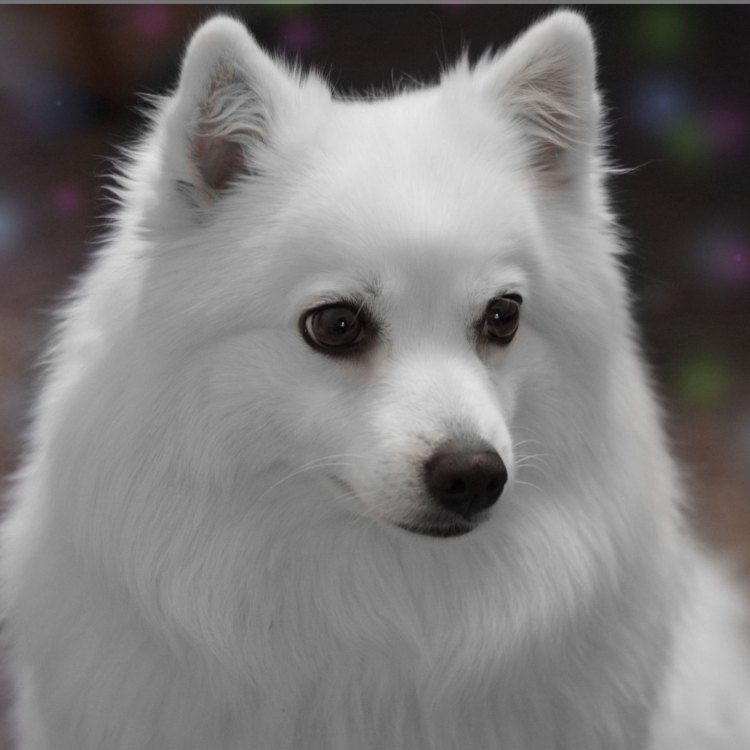
The Charming Japanese Spitz: A Loyal Companion and a Desirable Household Pet
Disclaimer: The content provided is for informational purposes only. We cannot guarantee the accuracy of the information on this page 100%. All information provided here may change without prior notice.


